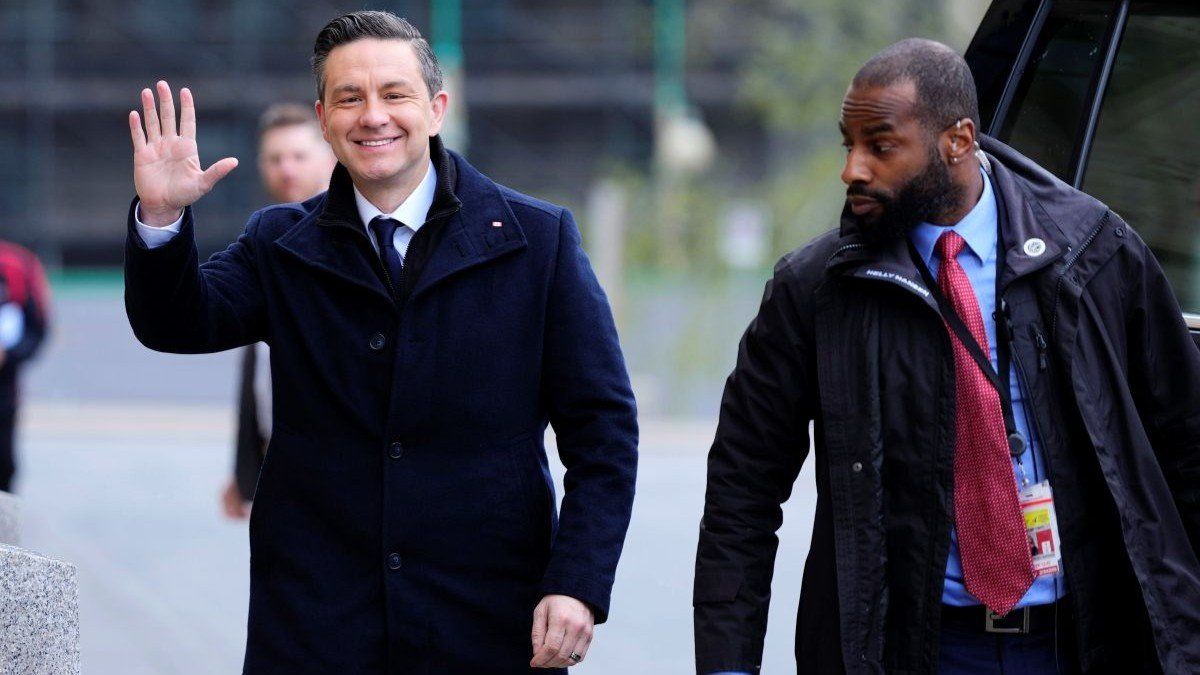Canada’s Conservative Party caucus convened in Ottawa Tuesday for the first time since suffering a stunning federal election defeat last week. Leader Pierre Poilievre, who lost his Carleton seat, acknowledged the election results were “disappointing” but insisted that the party’s 41% vote share — the highest since the 1980s — was a milestone, and that the party must now “broaden our team.”
But who’s in charge? Parliamentary rules require the opposition leader to have a seat in the House of Commons, so until Poilievre secures a new seat through an upcoming by-election, party MPs have appointed former leader Andrew Scheer as interim opposition leader. The caucus also voted to adopt the Reform Act, which opens the way to a leadership review. Caucus has only used this act once, in 2022, to oust then-leader Erin O’Toole after he lost the 2021 election. His successor? Poilievre.
Can Poilievre avoid the same fate? For now, it appears he has the support to remain party leader – but he is not taking anything for granted. In
a new video message, released after Tuesday’s meeting, the Conservative leader pledged to “learn and grow.” But that may not be enough for senior conservatives, who
reportedly want “seismic changes” if he is to stay on, including the removal of his top advisor,
Jenni Byrne, blamed by many for the party’s loss.
